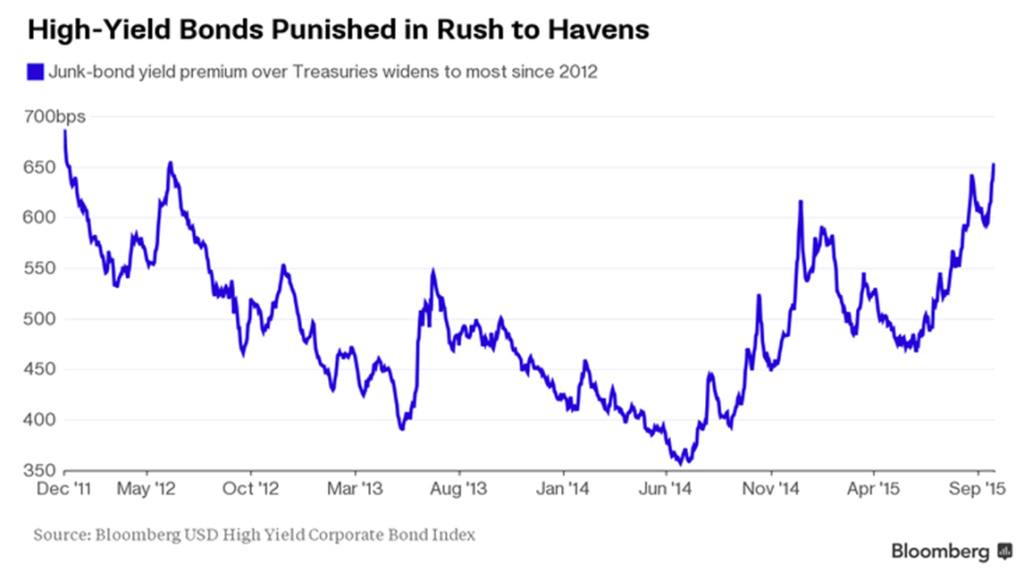http://www.sec.gov/Archives/edgar/data/1423227/000119312515341145/d45141d497.htm497 1 d45141d497.htm ALLIANZ FUNDS MULTI-STRATEGY TRUST
Filed pursuant to Rule 497(e)
File Nos. 333-148624 and 811-22167
ALLIANZ FUNDS MULTI-STRATEGY TRUST
Supplement Dated October 9, 2015 to the
Statutory Prospectus for Class A, Class B, Class C, Class R, Class R6,
Institutional Class, Class P, Administrative Class and Class D Shares of
Allianz Funds Multi-Strategy Trust,
Dated April 1, 2015 (as supplemented thereafter)
Disclosure Relating to AllianzGI Global Managed Volatility Fund (for purposes of this section only, the “Fund”)
Liquidation of the Fund
Effective on or about December 11, 2015 (the “Liquidation Date”), the Fund will be liquidated and dissolved. Any shares of the Fund outstanding on the Liquidation Date will be automatically redeemed on the Liquidation Date. The proceeds of any such redemption will be equal to the net asset value of such shares after dividend distributions required to eliminate any Fund-level taxes are made and the expenses and liabilities of the Fund have been paid or otherwise provided for. Allianz Global Investors Distributors LLC, the Fund’s distributor (the “Distributor”), will waive contingent deferred sales charges applicable to redemptions beginning five (5) business days prior to the Liquidation Date, including such Liquidation Date.
At any time prior to the Liquidation Date, shareholders may redeem their shares of the Fund and receive the net asset value thereof, pursuant to the procedures set forth under “How to Buy and Sell Shares” in the Prospectus. Shareholders may also exchange their shares of the Fund for shares of the same class of any other series of Allianz Funds Multi-Strategy Trust (the “Trust”) or Allianz Funds that offers that class, as described under “How to Buy and Sell Shares—Exchanging Shares” in the Prospectus. Such exchanges will be taxable transactions for shareholders who hold shares in taxable accounts.
Redemptions on the Liquidation Date will generally be treated like any other redemption of shares and may result in a gain or loss for U.S. federal income tax purposes. Any gain or loss will be a
capital gain or loss for shareholders who hold their shares as
capital assets.
Capital gains or losses will be short- or long-term depending on how long a shareholder has held his or her Fund shares. Shareholders should consult their own tax advisors regarding their particular situation and the possible application of state, local or non-U.S. tax laws.
Restrictions on New Purchases and Exchanges for Shares of the Fund
The Board of Trustees (“Board”) of the Trust has imposed the following restrictions on new purchases of, and exchanges for, shares of the Fund:
Effective as of the close of business on December 4, 2015, shares of the Fund will no longer be available for purchase by current or new investors in the Fund, other than through the automatic reinvestment of distributions by current shareholders, and shareholders of other series of the Trust and shareholders of series of Allianz Funds will no longer be permitted to exchange any of their shares for shares of the Fund, as described in the Prospectus under “How to Buy and Sell Shares—Exchanging Shares.”
The Board and the Distributor each reserves the right at any time to modify or eliminate the terms described above, including on a case-by-case basis.
Disclosure Relating to AllianzGI Global Allocation Fund (for purposes of this section only, the “Fund”)
On October 8, 2015, the Board of the Trust approved the elimination of all Class B shares of the Fund, to be accomplished through the accelerated conversion of Class B shares into Class A shares of the Fund (the “Class B Conversion”). Class B shares have not been available for purchase since November 1, 2009, other than through the reinvestment of distributions by current Class B shareholders.
The Class B Conversion will be effected on the basis of the relative net asset values of the Class B and Class A shares involved and, following the conversion, the Fund will cease to have any Class B shares authorized or outstanding. The Class B Conversion will take place pursuant to the Tenth Amended and Restated Multi-Class Plan of the Trust, which was approved by the Board at its October 8, 2015 meeting, and is expected to be completed in the fourth quarter of 2015. After the Class B Conversion, the Fund will cease to offer Class B shares.
Please retain this Supplement for future reference.
